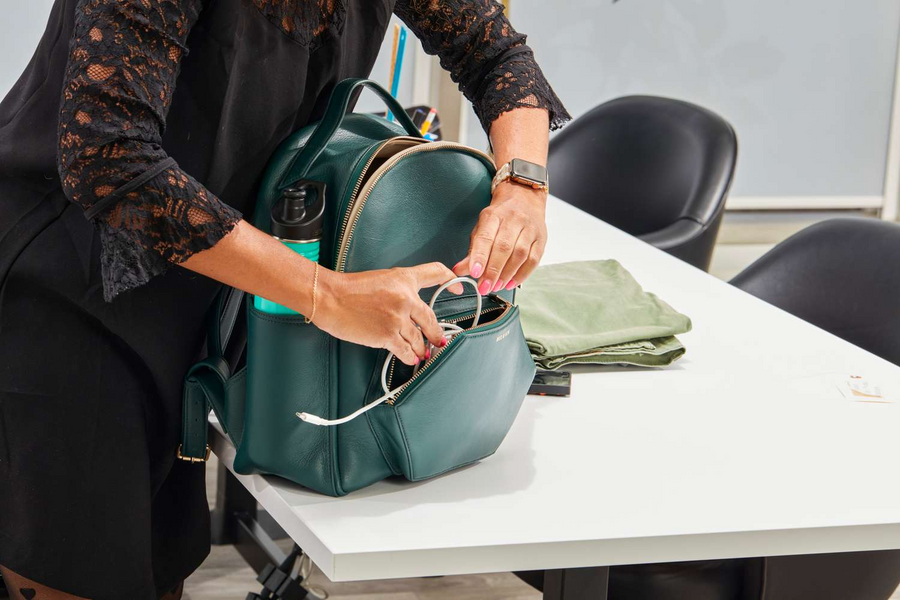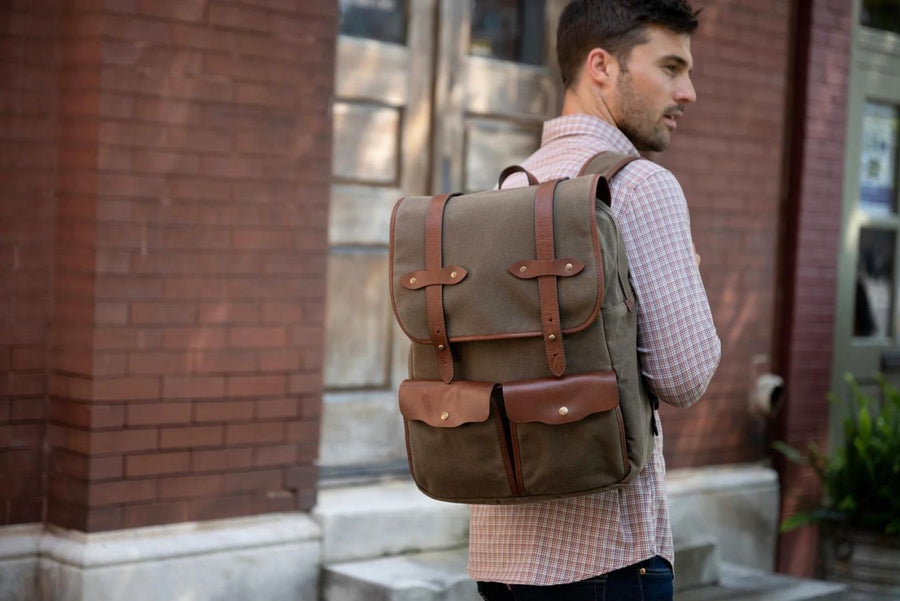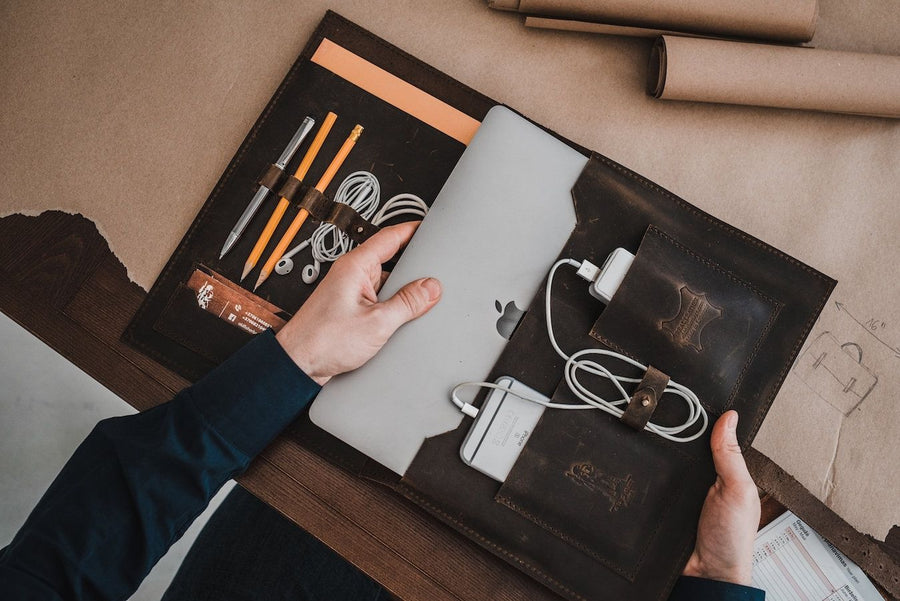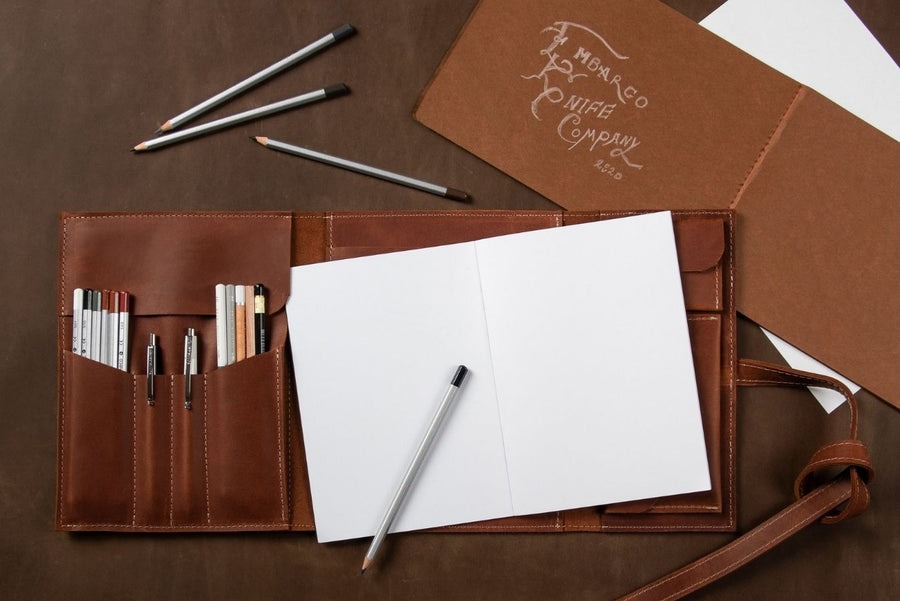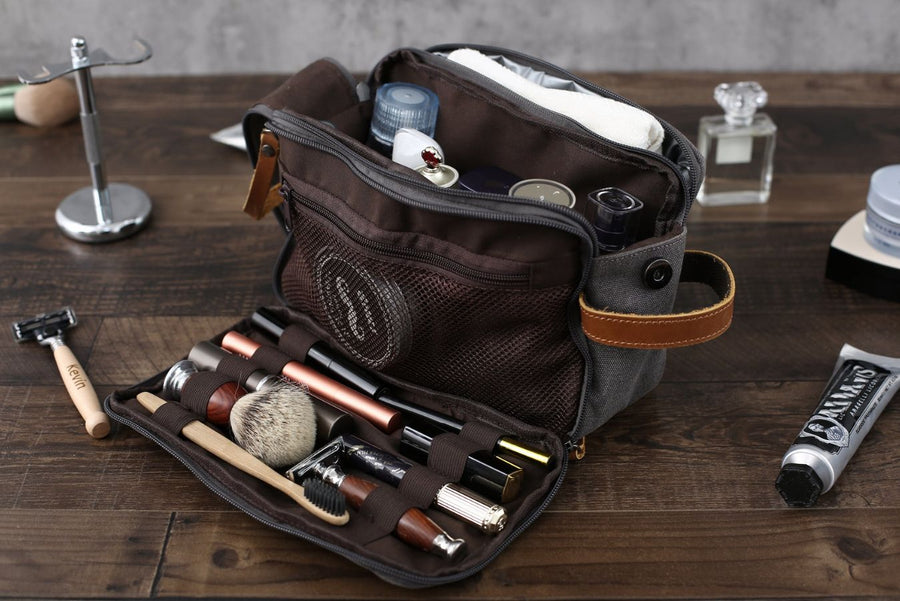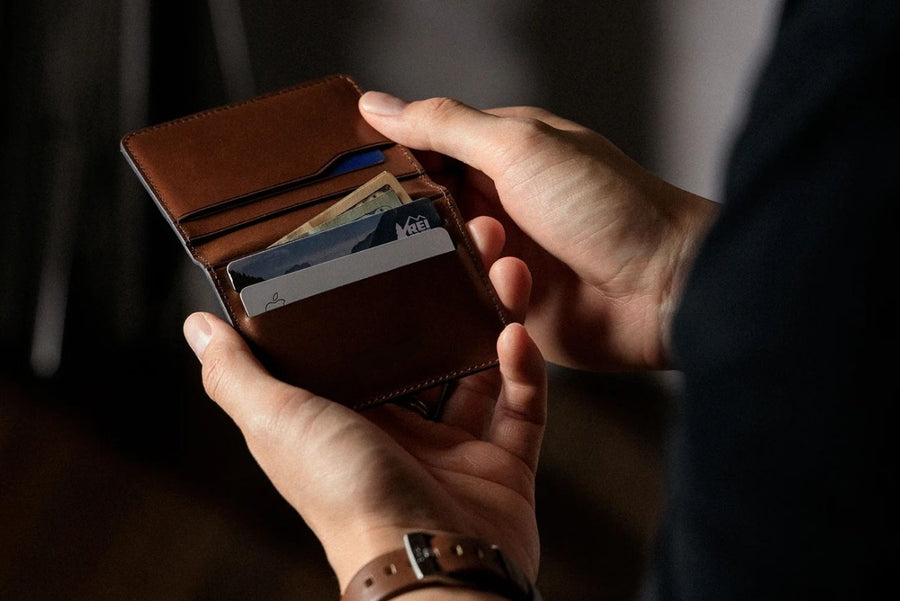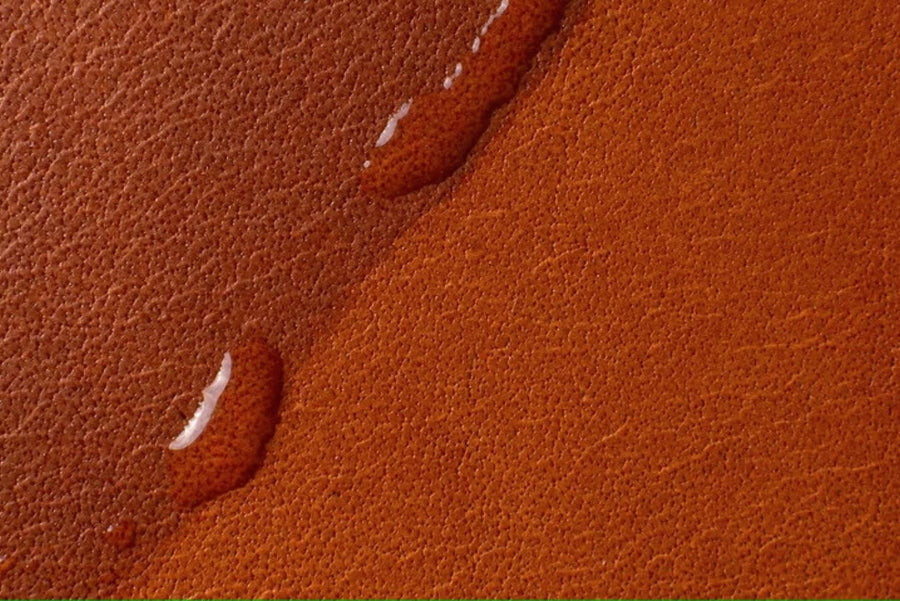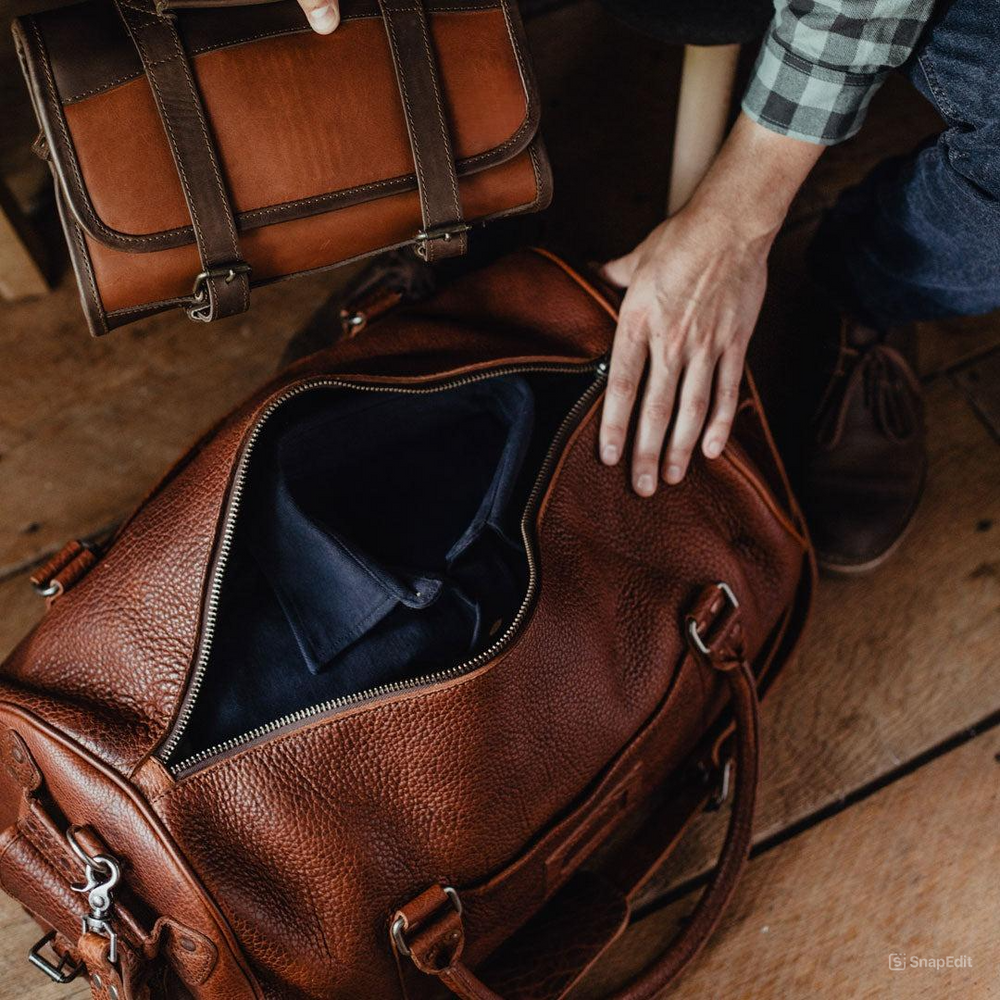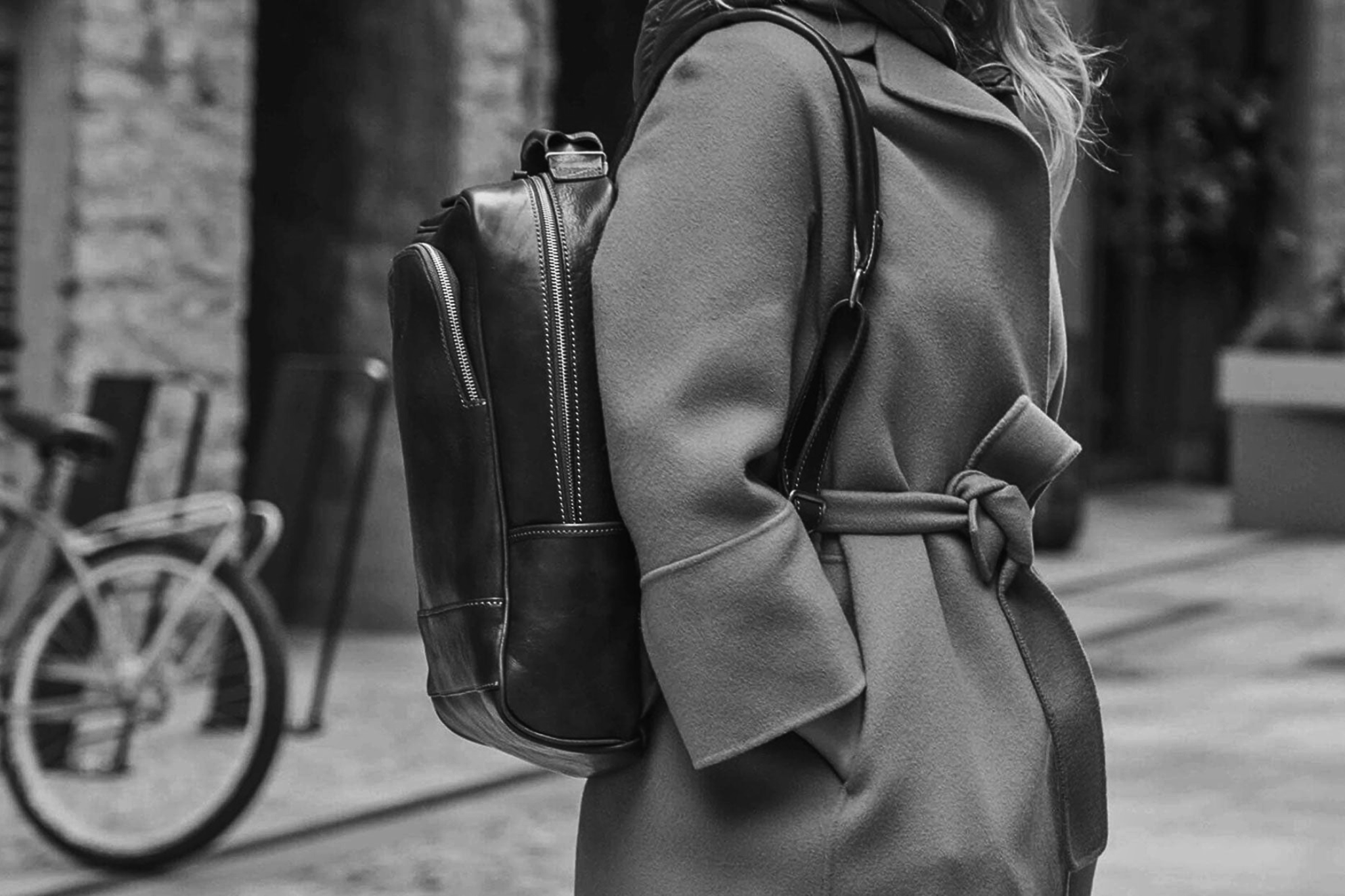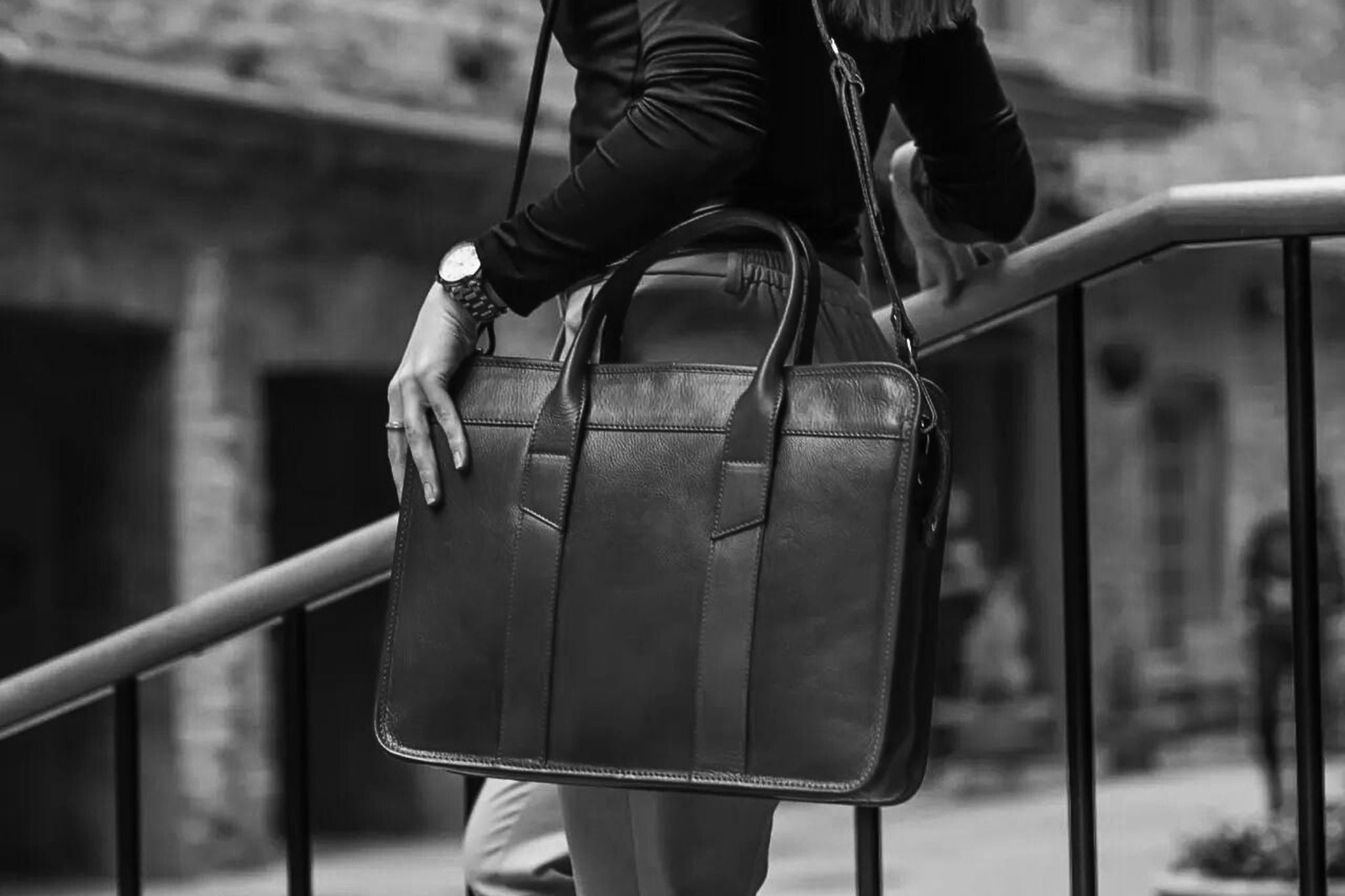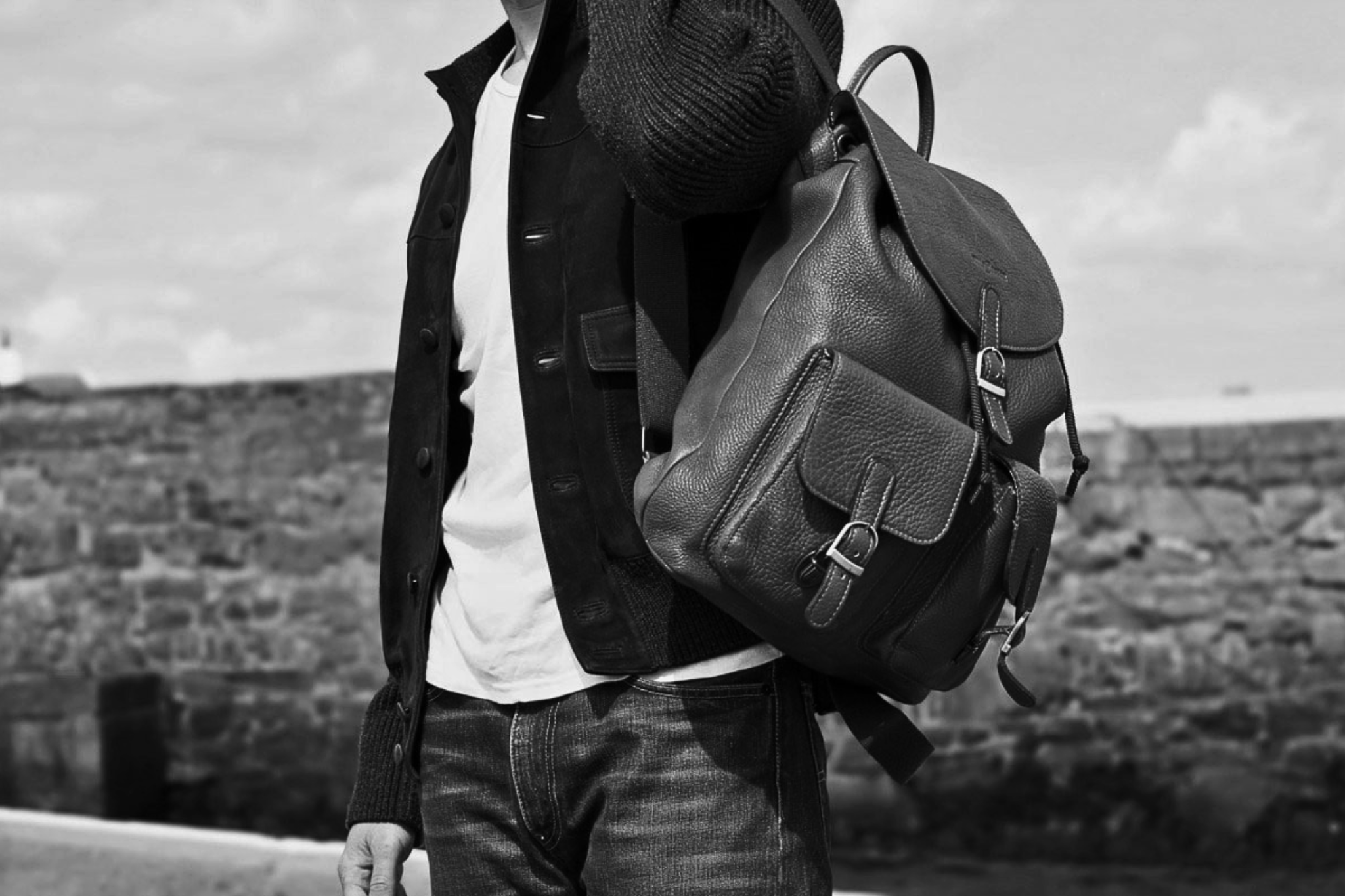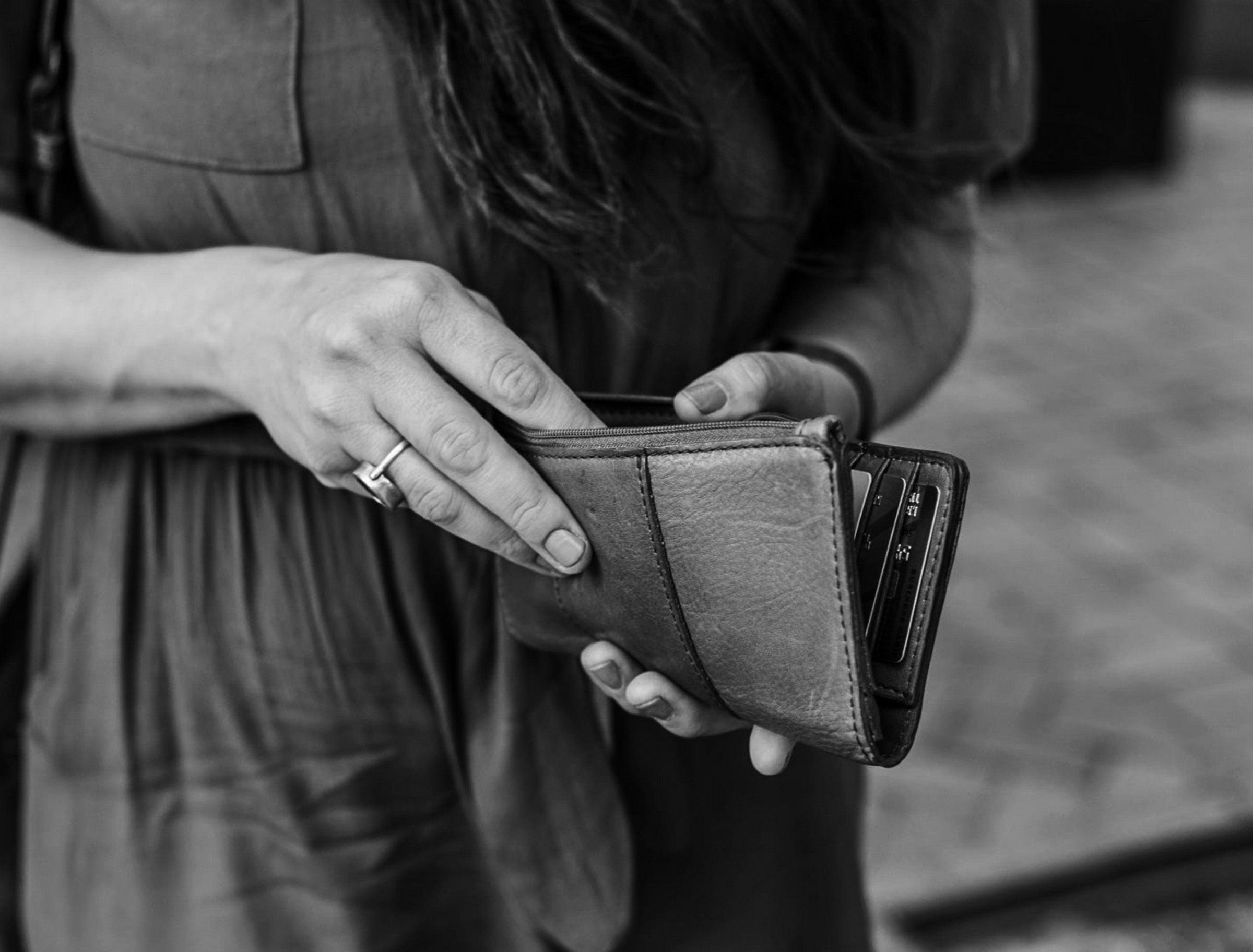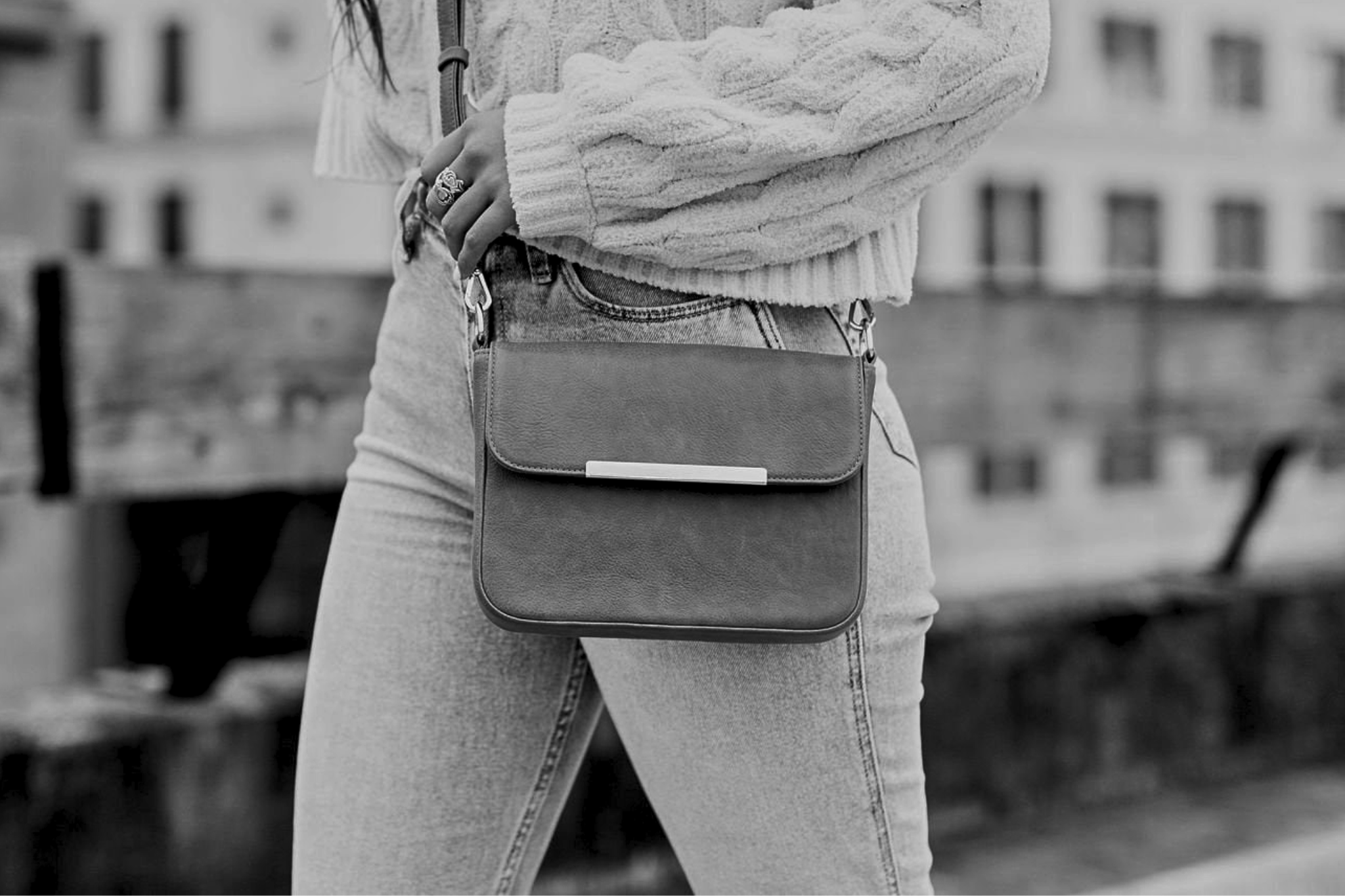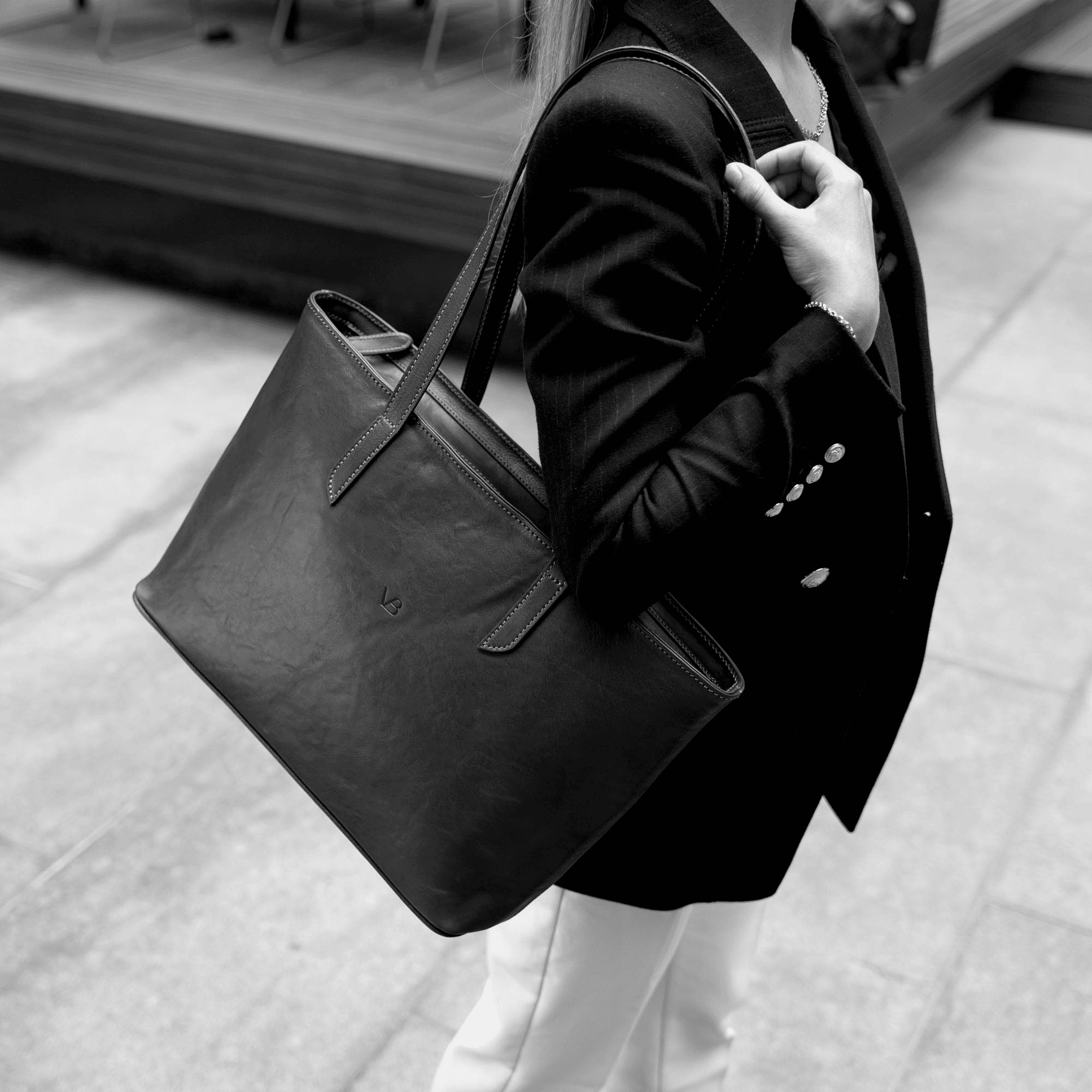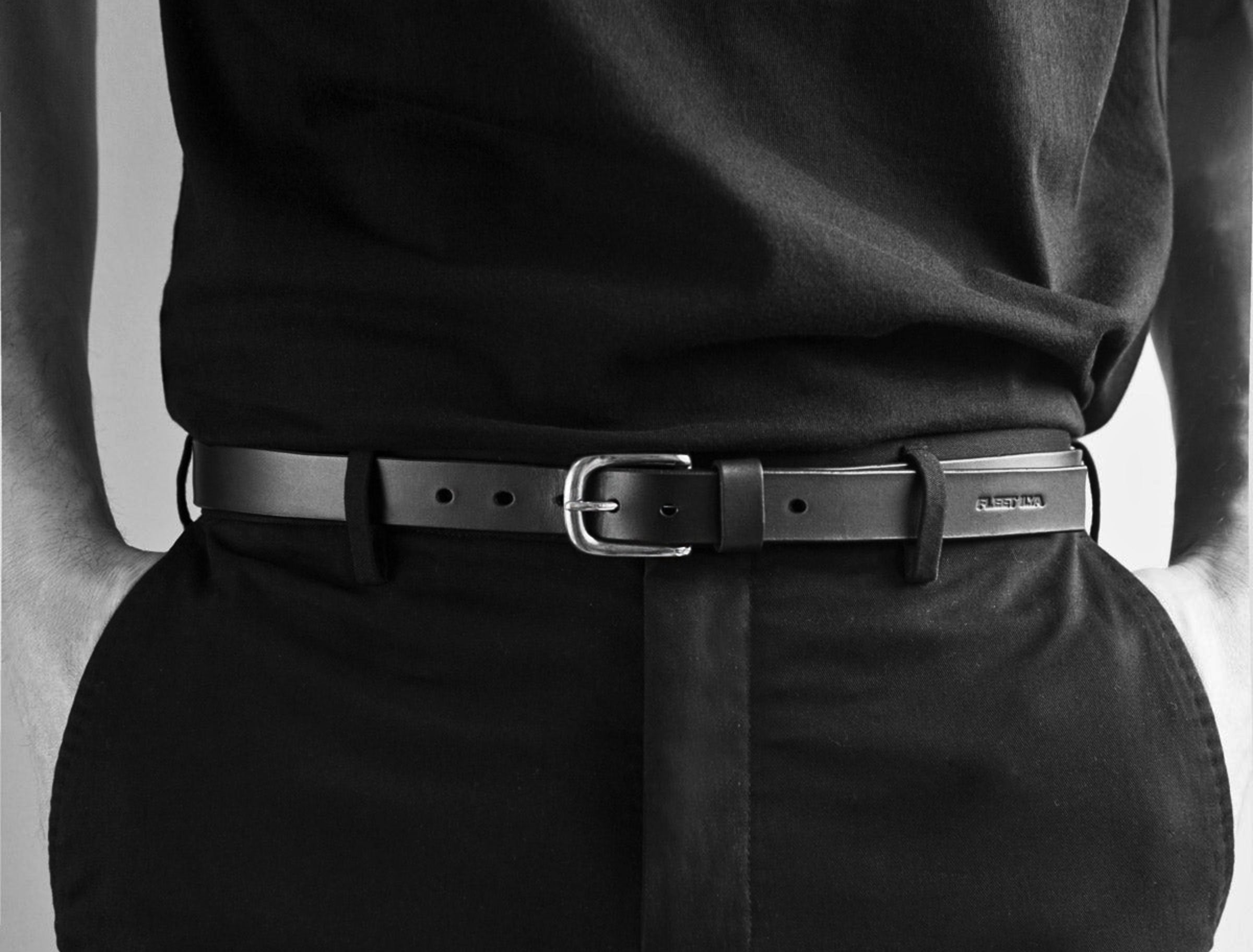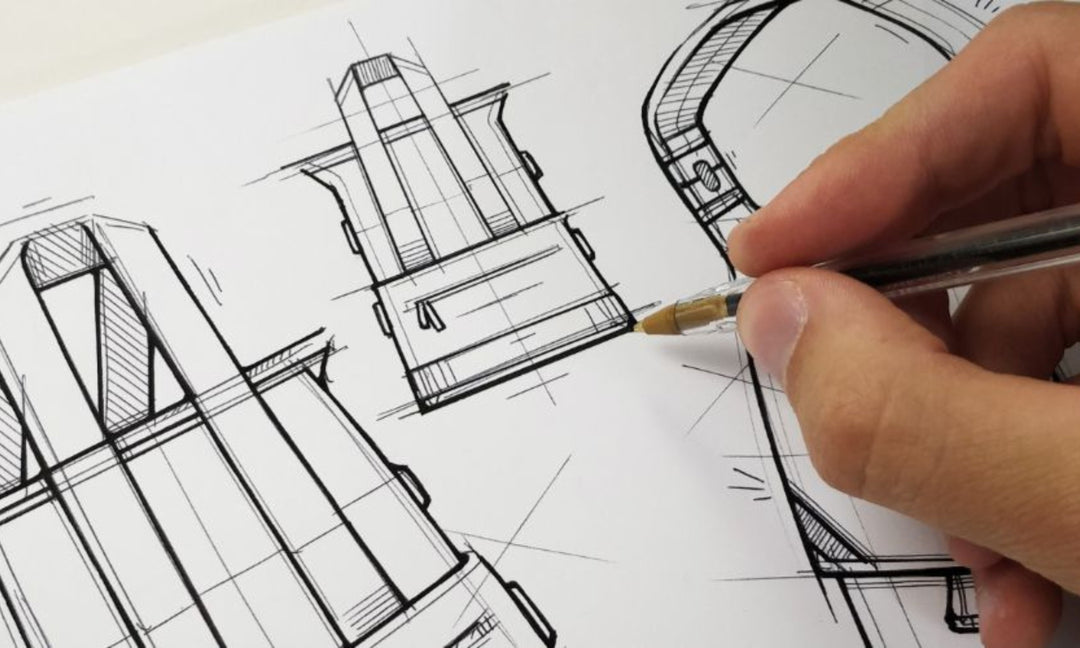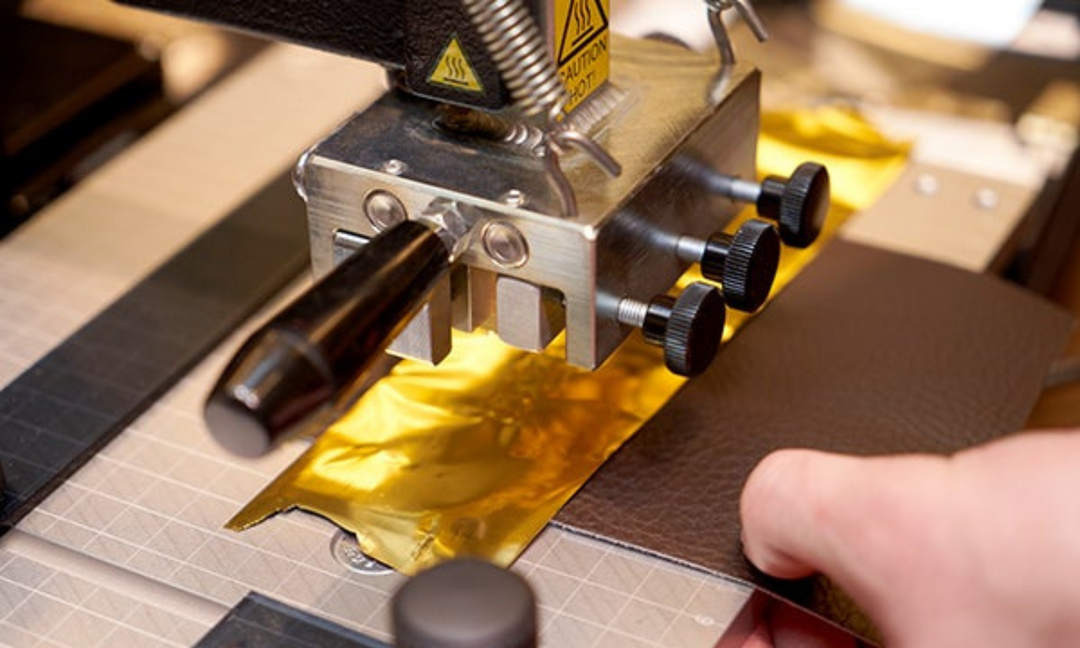How to Protect Your Leather Bag From Rain and Moisture Damage?
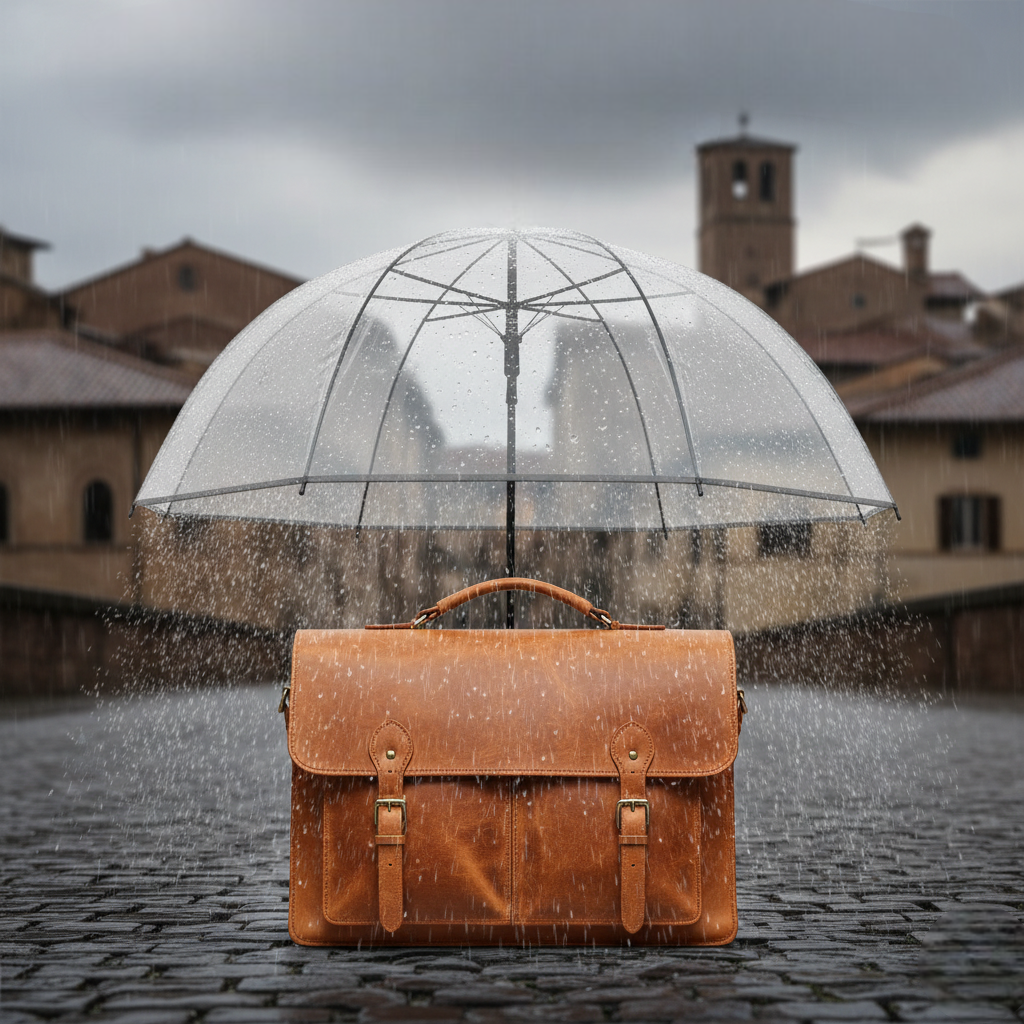
A leather bag is more than just a practical accessory—it’s an investment in style, durability, and craftsmanship. But as beautiful and sturdy as leather is, it has one weakness: water damage. Rain, spills, and humidity can leave stains, cause warping, or even weaken the material over time.
The good news? With proper care and preventive measures, you can keep your leather bag safe from rain and moisture damage while preserving its elegance for years.
How to Protect Your Leather Bag From Rain and Moisture Damage?
Why Leather and Moisture Don’t Mix?
Leather is a natural material that absorbs water. When exposed to rain or high humidity:
-
It can develop water stains and dark patches.
-
The fibers may stiffen, crack, or lose their natural oils.
-
Mold and mildew can form in damp conditions.
That’s why protecting your leather bag before it ever gets wet is essential.

1. Use a Leather Protector Spray
The simplest and most effective step is applying a waterproof leather protector.
-
Choose a spray designed specifically for natural leather (avoid silicone-heavy sprays that can clog pores).
-
Apply evenly before first use, and reapply every few weeks during rainy seasons.
-
Allow the bag to dry completely before carrying it outside.
Pro Tip: Always test on a small hidden area first to avoid discoloration.
2. Carry a Protective Cover or Umbrella
If rain is in the forecast, take preventive measures:
-
Use a rain cover designed for handbags. They are lightweight, compact, and protect against sudden showers.
-
Carrying an umbrella is a simple yet effective way to shield your bag while staying stylish.
-
Keep a foldable tote or dust bag inside your leather bag to quickly cover it if you get caught in unexpected rain.

3. Store Your Leather Bag Properly
Moisture damage doesn’t only come from rain—it can happen during storage.
-
Store in a cool, dry place away from direct sunlight and humidity.
-
Use a breathable dust bag or cotton pillowcase instead of plastic, which traps moisture.
-
Add a few silica gel packets inside the bag to absorb excess humidity.
4. Dry the Bag Safely if It Gets Wet
Accidents happen. If your bag does get damp:
-
Blot gently with a clean microfiber cloth—don’t rub, as it spreads moisture.
-
Let the bag air dry naturally at room temperature. Avoid heaters, hairdryers, or direct sunlight, which can cause cracks.
-
Once dry, condition the leather to restore its oils and flexibility.
5. Condition Regularly to Maintain Resilience
Leather conditioners not only keep the bag supple but also add a light protective barrier against moisture.
-
Use a high-quality, natural conditioner every 1–2 months.
-
Focus on handles, corners, and areas exposed to friction, as they’re most vulnerable.
-
Conditioning also helps prevent cracking if the bag dries after exposure to water.
6. Choose the Right Leather for Rain-Prone Areas
Not all leathers react the same to moisture.
-
Full-grain leather develops patina but needs extra care.
-
Pebbled or treated leather has more natural resistance.
-
For daily use in wet climates, consider waxed or coated leathers that are designed to repel water.

Final Thoughts
Rain and moisture don’t have to spell disaster for your leather bag. By applying a protector spray, storing it properly, conditioning it regularly, and knowing how to dry it safely, you can keep your bag looking polished and luxurious for years.
A leather bag is an accessory meant to last—it just needs a little extra attention when the clouds roll in.
